Name Stephanie Clair | ||
 | ||
Similar People Bumpy Johnson, Dutch Schultz, Sufi Abdul Hamid, Cicely Tyson, Francis Ford Coppola | ||
Stephanie st clair
Stephanie Saint-Clair (December 24, 1886 – December 1969) was a mob boss who ran numerous criminal enterprises in Harlem, New York in the early part of the 20th century. Saint-Clair resisted the interests of the Mafia for several years after Prohibition ended; she continued to be an independent operator and never came under Mafia control. She ran a successful numbers game in Harlem and was an activist for the black community.
Contents
- Stephanie st clair
- STEPHANIE ST CLAIR reine de Harlem Teaser N2
- Early life
- Numbers game involvement
- Police corruption
- Conflict with the Mafia
- Later life
- Portrayals
- References
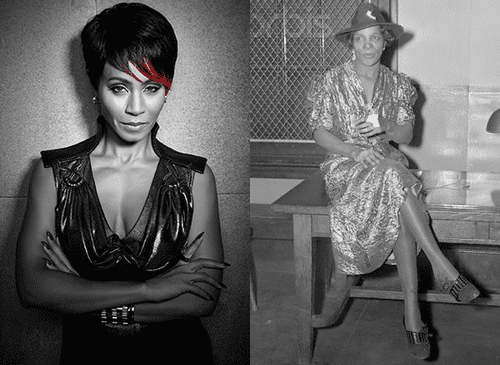
STEPHANIE ST CLAIR, reine de Harlem Teaser N°2
Early life
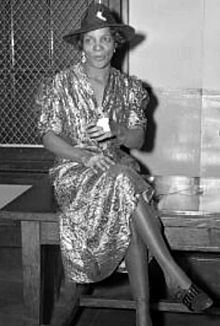
Stephanie Saint-Clair was born of mixed French and African descent on Martinique, of an unknown father. Her mother Félicienne worked hard to send her daughter to school. When Stéphanie turned 15, her mother became very ill and she had to leave school. She was employed as a maid by a rich family, where she was repeatedly raped by the son. She managed to save some money and, after the death of her mother, finally left Martinique for France in 1912. Even though she could read and write, a rare quality for a black woman at the time, she could not find decent employment. She emigrated to the United States via Marseille, aged around 23. She used the long voyage and the subsequent quarantine to learn English.
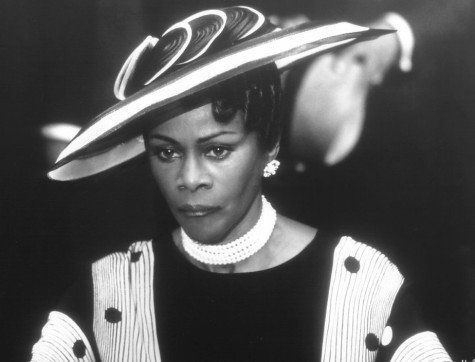
In Harlem, she fell in love with a small-time crook, Duke, who soon tried to prostitute her. Enraged, she planted a fork in his eye and promptly left New York on a bus. The following night, the bus was stopped by the Ku Klux Klan. Several black passengers were hanged or burnt alive in front of her, and she was repeatedly raped. Following this incident, she returned to New York, learning that Duke had been shot in a fight between gangs. After four months, she decided to start her own business, selling controlled drugs with the help of her new boyfriend, Ed.
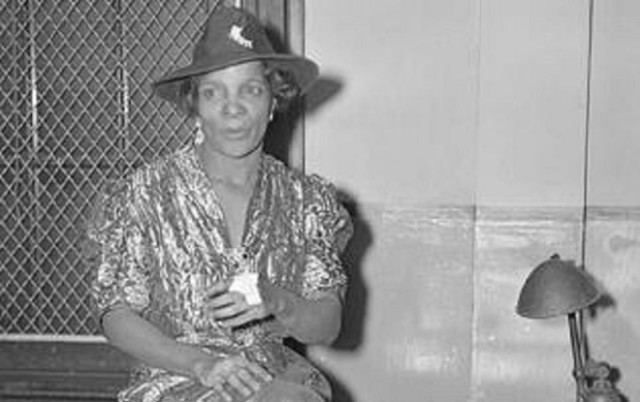
After a few months, she had made $30,000 and told Ed she wanted to leave him and start her own business. Ed tried to strangle her and she pushed him away with such force that he cracked his skull against a table and died. For months afterwards, she employed her own men, bribed cops, and on April 12, 1917, invested $10,000 of her own money in a clandestine lottery game in Harlem. As a result of her success running one of the leading numbers games in the city, she became known throughout Manhattan as "Queenie", but Harlem residents referred to her as "Madame Saint-Clair".
Numbers game involvement
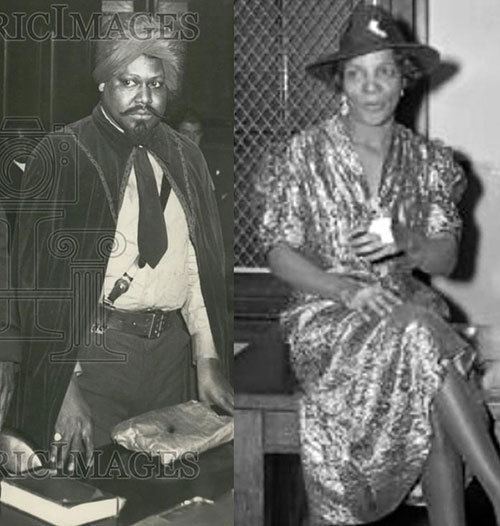
She was involved in policy banking, an admixture of investing, gambling, and playing the lottery. Many banks at this time would not accept black customers, so they were not able to invest legally. Policy banking wasn't technically legal, but it was the only way for black individuals living in Harlem to invest their money. In this way she used the underground economy in Harlem to address race politics.
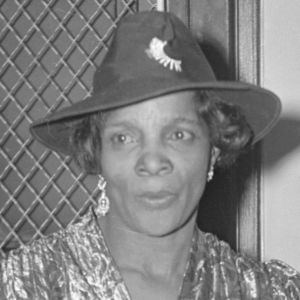
At this time the numbers game in Harlem was male-dominated and Saint-Clair was one of the only women involved. Saint-Clair helped the black community in Harlem by providing many with jobs as numbers runners and other jobs within her business. Because of her success in the numbers game, she lived a lavish life making over $20,000 a year in the 1920s.
Police corruption

Saint-Clair was known to put out ads in the local newspapers educating the Harlem community about their legal rights, advocating for voting rights, and calling out police brutality against the black community. Several times she complained to local authorities about harassment by the police. When they paid no heed she ran advertisements in Harlem newspapers, accusing senior police officers of corruption.
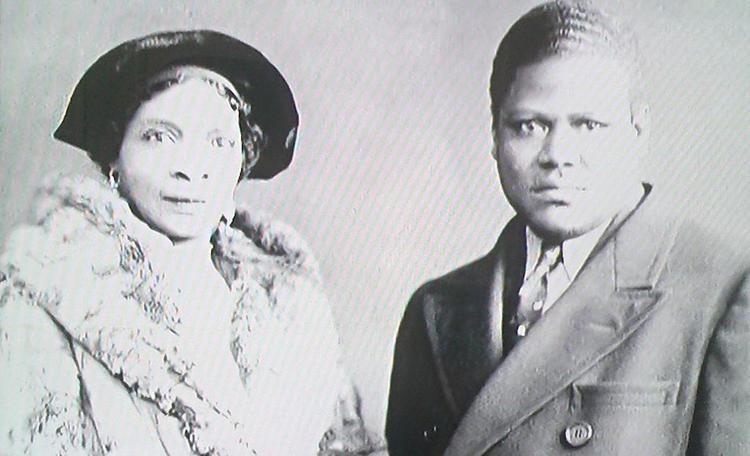
The police responded by arresting her on a trumped-up charge and she spent eight months in a workhouse. In response she testified to the Seabury Commission about the kickbacks she had paid police officers and those who had participated in the Harlem numbers game. The Commission subsequently fired more than a dozen police officers.
Conflict with the Mafia
After the end of Prohibition, Jewish and Italian-American crime families saw a decrease in profits and decided to move in on the Harlem gambling scene. Bronx-based mob boss Dutch Schultz was the first to move in, beating and killing numbers operators who would not pay him protection.
Saint-Clair and her chief enforcer Ellsworth "Bumpy" Johnson refused to pay protection to Schultz, despite the violence and intimidation by police they faced. St. Clair responded by attacking the storefronts of businesses that ran Dutch Schultz's betting operations and tipping off the police about him. This resulted in the police raiding his house, arresting more than a dozen of his employees and seizing approximately $12 million (about $216 million in 2016 currency). Saint-Clair never submitted to Dutch Schultz like many others in Harlem eventually did.
After Saint-Clair's struggles with Schultz, she had to keep clean and away from police, so she handed off her business to "Bumpy" Johnson. Eventually her former enforcer negotiated with Lucky Luciano, and Lucky took over Schultz's spots, with a percentage going to "Bumpy". The Italians then had to go to "Bumpy" first if they had any problems in Harlem.
Luciano realized that the struggle with the Five Families was hurting their business, so Schultz was assassinated in 1935 on the orders of The Commission. Saint-Clair sent an insulting telegram to his hospital bed as the gangster lay dying. By the 1940s, "Bumpy" Johnson had become the reigning king in Harlem, while Saint-Clair became less and less involved in the numbers game.
Later life
After Saint-Clair retired from the numbers game, she started a new era of her life as an advocate for political reform. In the late 1930s, Saint-Clair met her husband, Sufi Abdul Hamid, known as the "Black Hitler" {*Russell, Thadeus, "Sufi Abdul Hamid" in Harlem Renaissance lives from the African American national biography, Henry Louis Gates (Ed.), pp. 235-236.} for his anti-Semitic, Nazi fashion of activism. Hamid was a militant activist and was the leader of an Islamic Buddhist cult. Saint-Clair and Hamid's marriage went downhill quickly when he started cheating with a black fortune teller known as "Fu Futtam".
Hamid and Futtam attempted to open a business with Saint-Clair's money, and their marriage officially ended in 1938 when Hamid was shot. Saint-Clair was charged for shooting at him and spent 10 years in the Bedford Hills Correctional Facility for Women in New York.
After she was released from prison, Saint-Clair continued her work in informing those in the community of their civil liberties. She continued to write columns in the local newspaper about discrimination, police brutality, illegal search raids, and other issues facing the black community.
She died quietly and still wealthy in 1969, around the age of 82, one year after the death of "Bumpy" Johnson, who came back to live with her and to write poetry.
